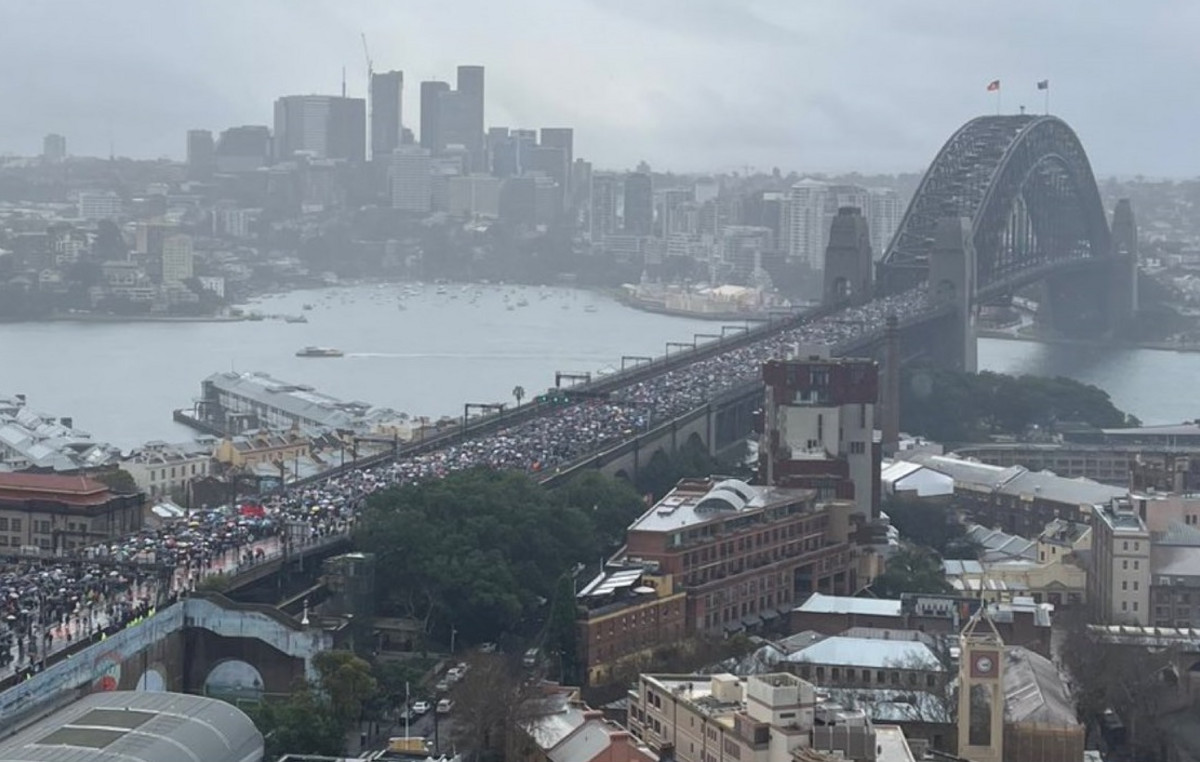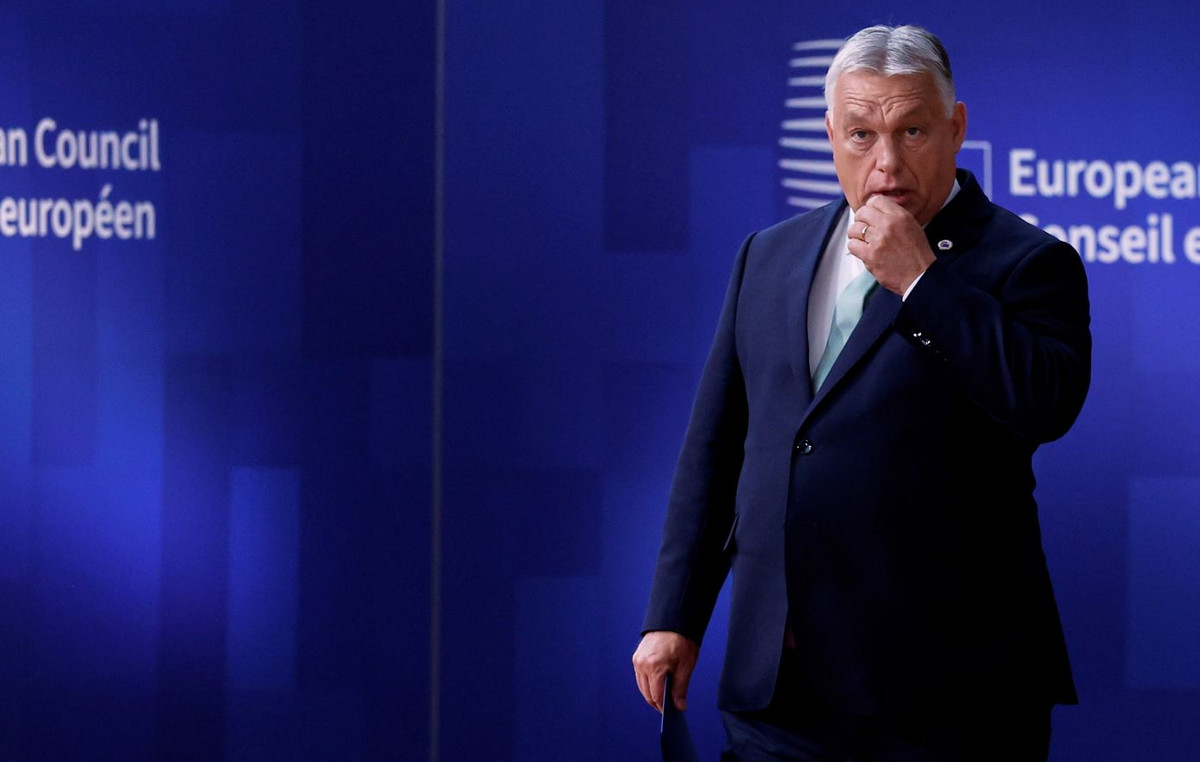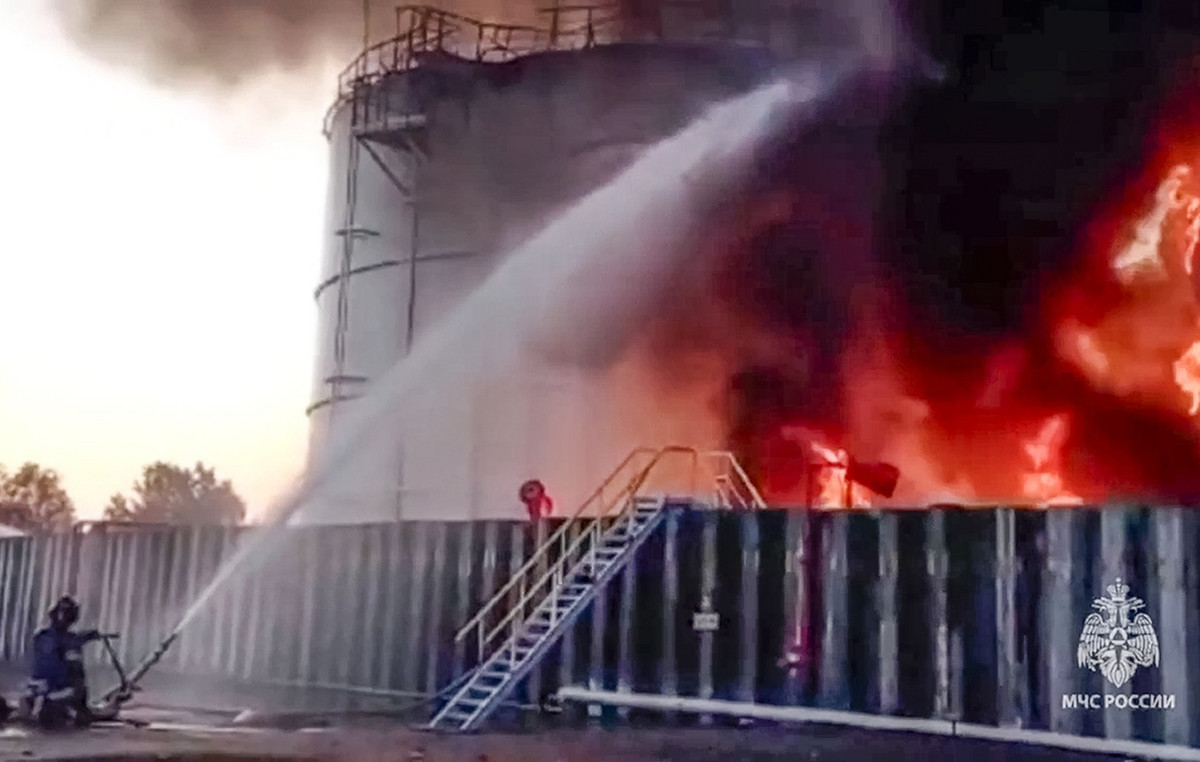Industrial production increased in four of the fifteen locations surveyed by the IBGE from June to July, according to the Regional Monthly Industrial Survey (PIM) released this Friday (9).
The biggest increases were registered in Pará (4.7%), Mato Grosso (3.7%), Santa Catarina (1.9%) and Rio de Janeiro (0.7%). The results in these states were higher than the national average, said the institute, which refers growth to measures that directly impact the production chain and household consumption.
“The reduction of ICMS on fuels and the increase in social benefits modify decision-making by production, with a tendency to anticipate, due to these measures”, explains PIM Regional analyst Bernardo Almeida.
The expert explains that, in Pará, the positive result was mainly due to the iron ore extractive industry. “In Rio de Janeiro, the extractive sector is also largely responsible for the rise, but we highlight oil and natural gas. In Santa Catarina we have the sectors of machinery and equipment and rubber products and plastic material. In Mato Grosso, the main sector that had a positive influence was the food sector”, says Almeida.
Industrial production in the country increased 0.6% from June to July, after having registered a drop of 0.3% in the previous month, informed the IBGE last week. The biggest positive influence for the month’s result compared to the previous month came from the food products sector, which increased 4.3%, highlighted the institute.
Espírito Santo has the main negative result
With a drop of 7.8% from June to July, Espírito Santo had the biggest negative impact recorded by the survey in the month. In the previous month, the state had registered a fall of 1.3%.
Next, with a drop of 7.3%, comes Bahia, eliminating the accumulated gain of 7.6% registered between February and June. The IBGE also highlights the 6% drop in the Northeast region, with a drop in production of 6.8% in three consecutive months. Minas Gerais was stable at the end of the month.
“Negative effects that we observed in previous disclosures still remain. On the supply side, the supply of inputs and the rising cost of raw materials, and on the demand side, high inflation and high interest rates, causing credit to become more expensive. All of this has a direct impact on family consumption and on the production chain”, says Bernardo.
The largest industrial park in the country, São Paulo showed a drop of 0.6% compared to June. “This result represented the second biggest influence on the national industrial result, behind only Bahia in the month of July”.
In the industry of São Paulo, the sectors that most negatively impacted the result were motor vehicles and the machinery and equipment sector, according to a study.
“Even with the positive factors, with the government measures, negative effects still remain, such as high inflation, higher prices for credit and raw materials and shortages in supplies. As in the national industry, these factors can also be observed in the industry in São Paulo. With this result, the São Paulo industry is 1.5% below its pre-pandemic level”, says Almeida.
*Posted by Ligia Tuon
Source: CNN Brasil
Joe Jameson, a technology journalist with over 2 years of experience, writes for top online news websites. Specializing in the field of technology, Joe provides insights into the latest advancements in the industry. Currently, he contributes to covering the world stock market.







